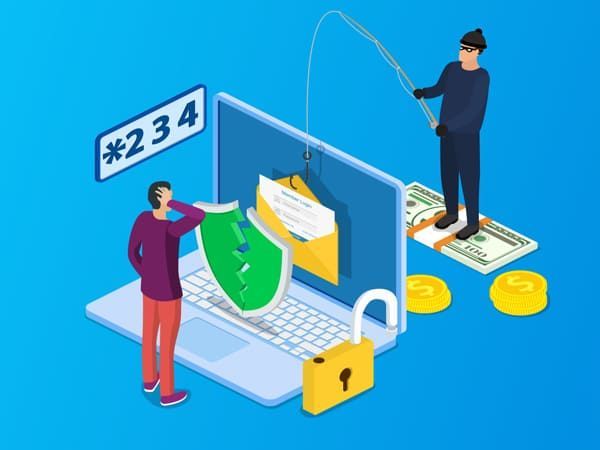The Top 5 IT Pain Points Small Businesses Face—And How to Transform Them into Opportunities for Success
The Top 5 IT Pain Points Small Businesses Face—And How to Transform Them into Opportunities for Success

In a digital age, your business doesn’t just run on sweat, talent, and elbow grease—it runs on technology. And while technology can provide unprecedented opportunities for efficiency and growth, it can also present some significant challenges, particularly for small and medium-sized enterprises (SMEs). Here, we'll discuss the top 5 IT pain points that small businesses often encounter, offering not just a diagnosis but also actionable solutions. Let’s convert those IT challenges into stepping stones for your business's success.
1. Cybersecurity Threats
The Pain Point
A significant pain point for SMEs is the ever-present threat of cyber attacks. Small businesses are frequent targets as they often lack the robust security measures that larger corporations can afford.
The Solution
Your first line of defense should be comprehensive cybersecurity training for all employees. Employ multi-factor authentication and invest in advanced firewall and antivirus software. Remember, a stitch in time saves nine; preventing an attack can save you from crippling data loss and financial ruin.
2. High Costs of IT Infrastructure
The Pain Point
Budget constraints can severely limit the IT resources available to SMEs. The cost of purchasing and maintaining servers, software licenses, and other essential tools can be prohibitive.
The Solution
Consider moving to cloud-based services. They offer scalability, allowing you to pay only for what you use. They also minimize upfront costs, and vendors take care of maintenance and upgrades, freeing you to focus on what you do best—running your business.
3. Data Management and Backups
The Pain Point
Without proper data management, you risk losing crucial information. Regular backups can be time-consuming and are often forgotten amidst the hustle and bustle of business operations.
The Solution
Automate your backup processes and employ cloud storage solutions that allow real-time backup and syncing. When your data is stored securely and can be accessed instantly, you empower your business
4. Lack of Technical Expertise
The Pain Point
Not every small business can afford an in-house IT department. Without tech-savvy staff, even minor IT issues can turn into significant disruptions.
The Solution
Partner with a dedicated IT service provider that understands your unique needs. They can offer you tailored solutions and round-the-clock support, ensuring that you're never left stranded in a tech crisis.
5. Regulatory Compliance
The Pain Point
Keeping up with the ever-changing landscape of industry regulations, such as GDPR for data protection, is overwhelming and often requires specialized knowledge.
The Solution
Consult with IT experts who specialize in compliance. They can assess your current setup and guide you through the necessary steps to ensure that you meet all legal requirements, thereby avoiding hefty fines and protecting your business's reputation.
Conclusion: Turn Challenges into Opportunities
While these IT pain points are significant, they're also solvable. With expert guidance and a proactive approach, you can turn these challenges into opportunities for growth and development. We understand that no two businesses are alike—that's why we're committed to offering customized, high-quality IT services and solutions to meet your specific needs. When you align your IT strategy with your business objectives, the sky is the limit.
About the Author
With extensive experience in providing tailored IT services and solutions for small and medium businesses, HCS Technical Services is your go-to partner for overcoming IT challenges and fostering business growth. We're committed to delivering quality, expertise, and innovation every step of the way.
For an in-depth consultation on how you can solve these IT challenges and more, contact us today.
HCS Technical Services

FIND US
HCS Technical Services LLC
120 Riverwalk Dr. STE 310
San Marcos, TX 78666
© HCS Technical Services LLC










